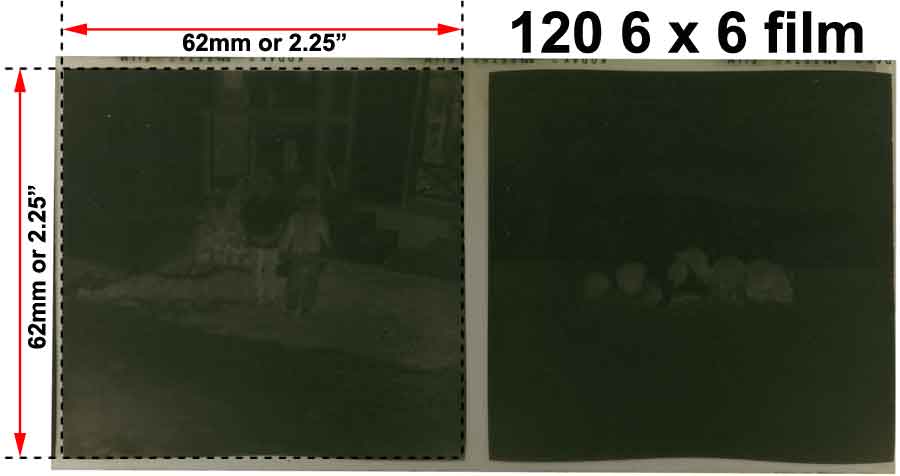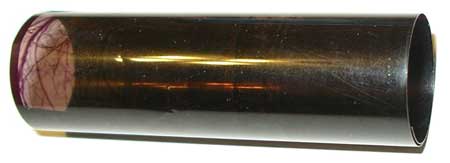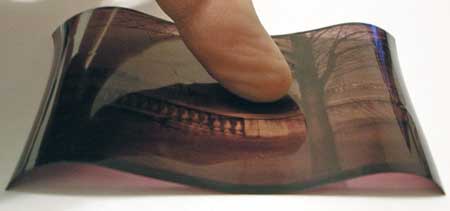Premium Photoshop Editing On Every Scan.
49¢ most slides. Expert Slide and Photo
Scanning Since 2002.
4,000 ppi Extra High Res Scanning.
We can make PRINTS from your Slides.
Personally Processed with care in Wisconsin.
Medium Format Film Scanning (120, 620 & pre-1963 126)

Click here for the Brownie / Medium Format Film Order Form
NOTE: This service provides a base, unedited scan. Medium format films are dust magnets — we do not perform dust removal at this tier.
NEGATIVE SCANNING IS FOR BLACK AND WHITE NEGATIVES ONLY.
What We Scan & Pricing
- Accepted formats: 120, 620, and pre-1963 126 (developed film only).
- Resolution: 1200 ppi.
- Price: $2.50 per 6×6 cm frame (approx. 2.25″ × 2.25″). Some people refer to these as ~56 mm frames.
- Delivery: Images placed on CD or DVD data disc.
Start Your Medium Format Order
Brief History
Medium format roll films were popularized by Kodak’s Brownie cameras beginning in the early 1900s. “Medium format” typically refers to 120 and 220 roll film (spooled film, not cassettes). Common image sizes include 6×4.5, 6×6, 6×7, and 6×9 cm. A 6×6 camera gets 12 shots per 120 roll; a 645 gets 16. The 6×7 format enlarges neatly to 8″×10″ prints.
Kodak introduced 620 film in 1931. While the film itself is the same width as 120, the spool differs. 120 can be re-spooled to 620 for legacy cameras (in a darkroom). Kodak discontinued 620 manufacturing in the 1990s.
Quality vs Portability
6×7 cameras are known for image quality but are heavy and often tripod-bound. 645 cameras approach 35 mm SLR portability with a larger negative for better enlargements.
Handling Curled Film
If your film has been tightly rolled and retains a strong curl, obtaining a good scan can be difficult. We will do our best, but please understand results may vary with curled film.
Storage Issues: Rolled & Wavy Film


This is what you get when film is stored rolled up — it can be challenging to scan perfectly flat.

 Home
Home Order Forms
Order Forms